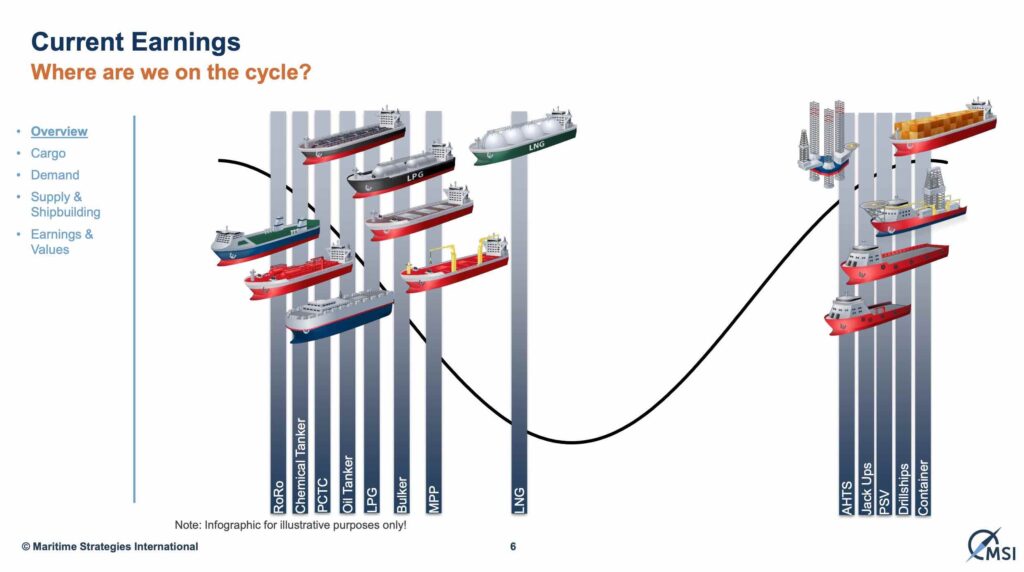Energy News Beat
The Houthis of Yemen rowed back from attacking merchant shipping following January 19’s historic ceasefire agreement between Israel and Hamas, potentially bringing an end to the 14-month-long Red Sea shipping crisis. The Houthis said so long as the ceasefire remains in place, international merchant ships may now transit the Red Sea. However, Israeli-owned and Israeli-flagged tonnage will remain targets, the Houthis said, adding that continued attacks on Yemen by British and American military forces could see ships from those countries targeted too. After 14 months and three days in captivity, the crew of the Galaxy Leader car carrier was released on January 22. The vessel and its 25-man crew were captured on November 19, 2023, when armed Houthis stormed the ship via helicopter.
Donald Trump returned to the White House on January 20 for a final four-year term, wasting little time to sign a swathe of executive orders. Wresting back control of the Panama Canal, renaming the Gulf of Mexico and exiting from the Paris Agreement were three of the shipping takeaways in the first hours following Trump’s inauguration, while he also directed the Treasury Department to freeze new offshore wind leases on the country’s outer continental shelf. Former shipbroker Lou Sola was promoted to chair the Federal Maritime Commission (FMC), while Trump also told reporters he is considering imposing a 10% tariff on imports of Chinese-made goods as soon as February.

Cable-cutting merchant vessels made headlines in Europe and Asia with navies around the Baltic pressed into action to try and stop Russian-linked vessels from taking out subsea infrastructure, and Taiwan also on alert following Chinese attacks to its cable network.
The International Longshoremen’s Association (ILA) and United States Maritime Alliance (USMX) reached an agreement on all items for a new six-year master contract averting a potentially damaging strike on the US east and Gulf coasts.
In the final few days of the Joe Biden administration officials in the US came up with their biggest package of sanctions yet aimed at the dark fleet and Russia’s oil production and exports. The sanctions saw tanker rates leap for much of January.
China’s commerce ministry dismissed a US investigation targeting China’s shipbuilding, maritime and logistics sectors, describing it as marked by “unilateralism and protectionism”. The US Trade Representative’s (USTR) office said it has found China’s targeted dominance of the global shipbuilding, maritime and logistics sectors is “unreasonable” and is “actionable” under US trade law. The report cites artificially supressed labour costs, forced technology transfer and intellectual property theft among a raft of accusations levelled at Beijing.
COSCO, the world’s largest shipping company, was among a host of Chinese shipping-related names added to a list of companies the US Department of Defense views as having links to the People’s Liberation Army. While being on the Pentagon’s blacklist carries no specific penalties, it discourages US firms from dealing with these companies that Washington views as military entities. Also on the Pentagon’s blacklist are China State Shipbuilding Corp (CSSC), the nation’s top shipbuilder, and China National Offshore Oil Corporation (CNOOC), China’s top offshore explorer as well as China International Marine Containers (CIMC), the world’s top container manufacturer, China Communications Construction Group, a major builder of ports around the world, and Sinotrans & CSC Holdings, one of China’s top shipowners.

January 1 marked the start of the European Union’s landmark FuelEU Maritime regulation. The regulation aims to reduce the carbon intensity of bunker fuels used by ships calling at European Union ports, with a 2% reduction by 2025, followed by an exponential increase every five years – 6% by 2030, 14.5% by 2035, 31% by 2040, 62% by 2045, and 80% by 2050.
After a 46-year history, Australia’s Wellard is readying for a future shorn of ships. The company announced it is selling its last livestock carrier, the Ocean Drover, for $50m with the ship expected to be delivered to a Turkish agribusiness firm by July.
The post January 2025 Review appeared first on Energy News Beat.






























